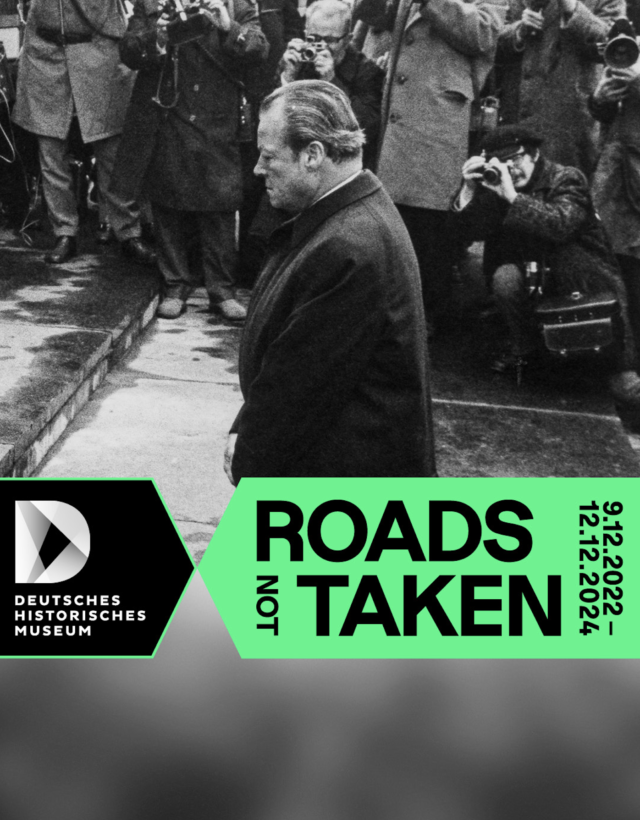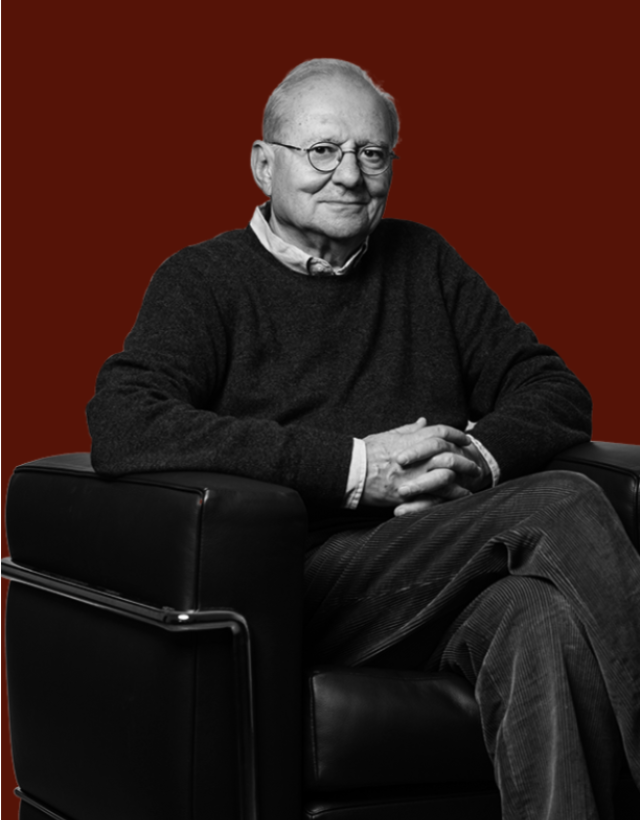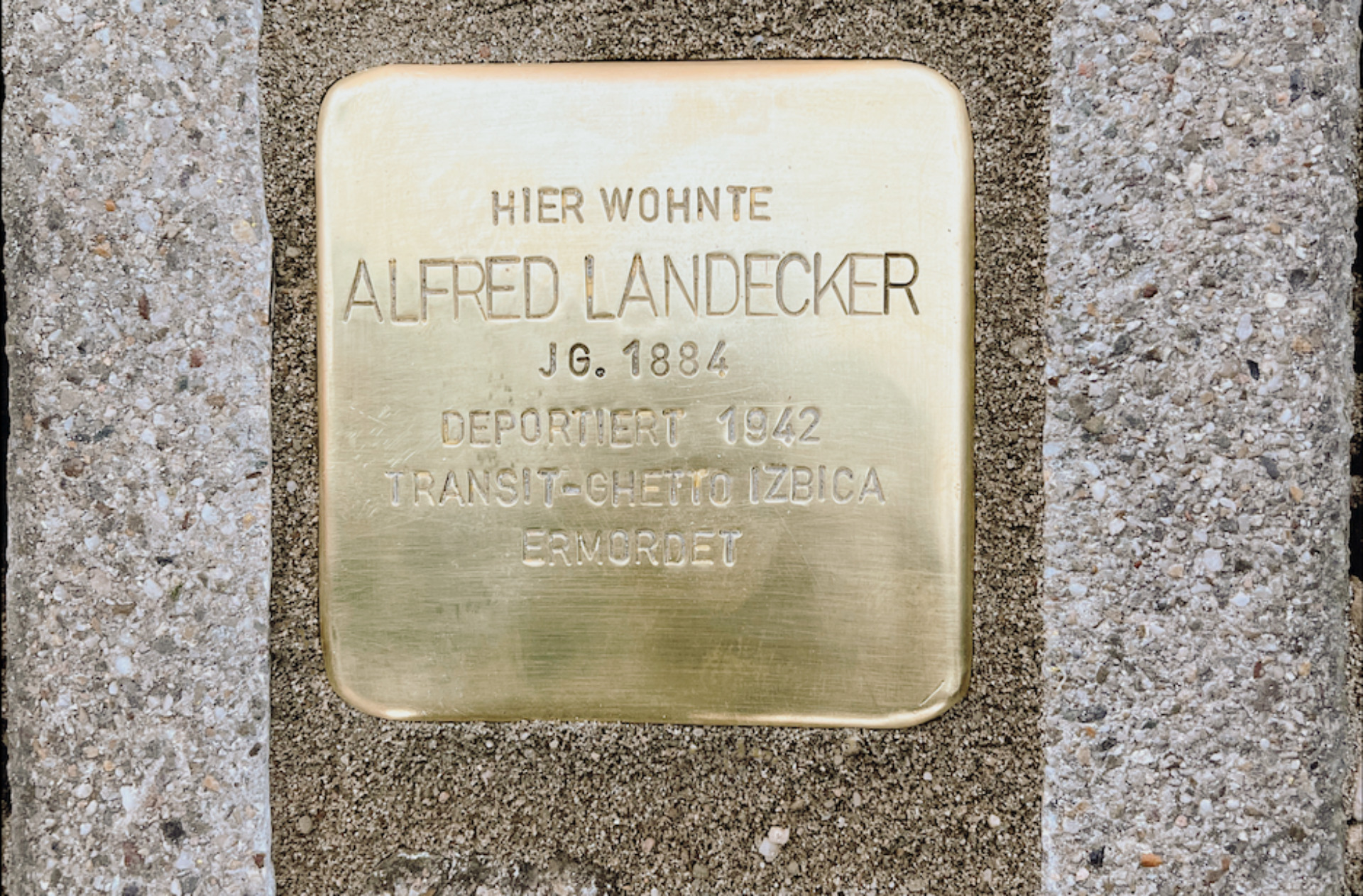With the laying of the memorial stone for Alfred Landecker, we – relatives, descendants, and guests – bear witness as a community of mourners, the act of a symbolic burial.
***
Alfred Landecker was not an iconic figure of German Jewry. Not a scholar, not an artist, not an inventor, not even a public figure. As an inconspicuous contemporary, he nevertheless represented the life and work of the vast majority of Jewish people in Germany at the time, more than did the luminaries of German Jewry who are often called to the witness stand of history.
Alfred Landecker, like German Jewry as a whole, stands in a long tradition of emancipation leading through the 19th century. From legal equality, which was not fully established until 1869 with the amendment of the Industrial Code, the road led via acculturation to the habitual standards of the bourgeoisie, in some cases also to assimilation, possibly even religious conversion to the non-Jewish, Christian majority culture.
Alfred Landecker married a Catholic woman, and his children were baptised Catholic. He performed military service in the imperial army and stood for the Wilhelmine Empire in the First World War with his weapon in hand. He tried to live inconspicuously in every way.
His path led him from rural East Prussia to one of the heartlands of urban German modernism – to Mannheim. Like the Ruhr region in the west, the Upper Rhine with Mannheim at its centre had been the destination of extensive domestic immigration at the turn of the industrial century. Here he cautiously advanced his career from bookkeeper to authorised signatory in a company in the metalworking industry.
At the turn of the century, Mannheim had become a centre for the new industries that made Germany the world's economic leader: chemistry, combustion engines, metalworking, electrical engineering, and the banking system that accompanied all innovation made the city flourish. The inland port of Mannheim became one of the most important continental logistics hubs in Europe. It was in this economic milieu that Alfred Landecker succeeded in his small, yet conscious ascent, which was endowed with the trappings of bourgeoisie.
***
His rise was halted by the Great Depression and increasingly challenged by subsequent political events and the transfer of power to Hitler. At the time, this turning point was perhaps not felt as sharply as it may seem in retrospect to those born later. In 1933, the vast majority of Jews did not yet see sufficient reason to leave National Socialist Germany – even though the first anti-Jewish measures had already taken effect in the spring.
Hope and expectation were much greater that the Nazi spectre would soon die down and normalcy would return. Even the Nuremberg race laws of September 1935 were not perceived as the dramatic blow that it may seem today. Some Jews opined at the time that the emancipation achieved by law in the 19th century, that is, the equal rights of the Jews, would be restricted by these laws, but not annulled. The idea of a protected minority circulated among Jews. They trusted in a new, albeit discriminatory, legal certainty.
It was only with the Reichskristallnacht of 9 November 1938, with the burning of synagogues, the destruction of Jewish businesses, the murder of Jews and the imprisonment of thousands of Jewish people in concentration camps, that a wave of refugees from the now-expanding Reich was set off. Looking back, the Reichskristallnacht appears as a catastrophe presaging the catastrophe. This is how Alfred Landecker perceived this dramatic turn of events and communicated it in restrained words to his daughter Gerda in a letter: "My dear child, the times have changed and with them the people."
Nevertheless, Alfred Landecker, like his Jewish contemporaries, was not yet able to recognise what would threaten them after 9 November 1938. Two dates became his destiny: October 22, 1940, and April 24, 1942.
France had fallen in the early summer of 1940. At the instigation of the Gauleiter and Baden Reich Governor Wagner, the man responsible for the civil administration in Alsace, the Jews of Baden, Palatinate and Saarland, including around 2,000 Mannheim Jews, were deported in the "Wagner-Buerckel Campaign" to the Gurs internment camp at the foot of the French Pyrenees.
The so-called "Mannheim List" of Jews to be deported also included the name Alfred Landecker. But he was ultimately spared deportation to Gurs, to unoccupied France, and the west. Why this was remains a mystery. The word "Aryan" appeared on the list after his name in pencil and in quotation marks. But Landecker could not be regarded de facto as "Aryan", nor did he live in a so-called "mixed marriage" that could have saved him from deportation. His Catholic wife Maria had died twelve years before. What might have caused the Nazi authorities to spare Landecker from deportation will probably remain a mystery.
***
But what in autumn 1940 might still be regarded as a reprieve became the opposite on 24 April 1942. On that day, Alfred Landecker was seized from his apartment at Rheinaustraße 11 and deported to the East. This sealed his fate. Had he been sent west to Gurs, as originally set out in the list, he would at least have had a chance to survive. A not inconsiderable number of those deported to Gur managed to escape across the Pyrenees to Spain and Portugal. And from there, the fugitives tried to reach the United States. Landecker's later deportation to the east, however, meant certain death.
***
The last trace of Alfred Landecker vanished in the transit ghetto of Izbica near Lublin, in territory controlled by the Government General. From there, as part of "Campaign Reinhard", the path led to the extermination camps of Belzec, Sobibor and Treblinka. In which of those two camps, in Belzec or Sobibor, Landecker was murdered by suffocation, we do not know – and will probably never know.
Alfred Landecker, like almost all victims of the Nazi murder machine, had not suspected what awaited him. To understand this innocence, we need only look at the pictures of the victims taken by Nazi photographers, especially those of the last large group deported to Auschwitz as part of the so-called "Final Solution" – the Hungarian Jews. The women and children in the photos look unsuspecting at the camera. Nothing on their faces shows that they feared for their lives.
The forebodings of German Jews may have been darker. Ultimately, they passed through all the stages of disenfranchisement over the years, right up to deportation and extermination. How deep the shock went when they were torn from their bourgeois German lives can be seen in the deportation of the Mannheim Jews in October 1940. On the way to Gurs, Jews who had completely assimilated to Christianity were the only ones to commit suicide on the train journey. It was not the fear of possible imminent death that had driven them to despair. But the fact that they had been made Jews again by the Nazis, and thus expelled from their self-chosen, acquired German identity, was so unbearable that they preferred to end their lives.
In October 1941, in the course of "Operation Barbarossa" to invade Russia, the Jews in German territory were forbidden under Himmler's orders to leave Europe. From then on, the German Jews were also drawn into the process of extermination, which had already been set in motion by mass shootings in the East. On April 24, 1942, Alfred Landecker, who had been spared deportation to Gurs in October 1940, was also taken and put on his way to the east and to extermination.
We are gathered here today - descendants, members of the Reimann family business, whose problematic history under National Socialism is paradoxically intertwined with the descendants of Alfred Landecker - as well as representatives of the foundation that bears his name in the world today. We honour him on the occasion of the laying of a memorial stone and are comforted by the thought that it did not have to remain a "grave in the air".
Dan Diner



